Port St. Lucie has a solid record when it comes to bike safety, with fewer bicycle accidents than expected for its share of Florida’s population. St. Lucie County also has a comprehensive plan to improve bicycle and pedestrian safety.
Still, accidents happen. In 2020, St. Lucie County saw a total of 88 bicycle accidents. These accidents resulted in a range of injuries but, thankfully, no deaths.
Here is an overview of bicycle safety in Port St. Lucie and local efforts to provide cyclists with the infrastructure they need to travel safely.
Port St. Lucie Bicycle Crash Statistics
Florida provides detailed traffic statistics at three levels. The state’s crash dashboard presents an overview of traffic crash statistics, the Crash Facts report offers detailed information at the county level, and the traffic safety dashboard maps fatal and injurious crashes throughout the state.
According to the most recent Crash Facts report, there were 88 bicycle crashes in St. Lucie County in 2020. For reference, Port St. Lucie had a population of just under 330,000 at the time, and Florida had a population of just over 21 million. Florida as a whole has an average of over 5,900 bicycle crashes every year.
Based on its share of Florida’s population, Port St. Lucie should have about 90 bike crashes annually. But St. Lucie County had only 88 crashes in 2020, making the county safer than the rest of Florida for cyclists.
The traffic safety dashboard reports that the most common time for these crashes was Fridays between the hours of 6 a.m. and 8 a.m.; most accidents occurred on weekdays during daylight hours. Port St. Lucie recorded only one injury-causing accident on the weekend and only three accidents after 5 p.m.
The traffic safety dashboard also shows an uncharacteristic spike in cycling accidents in Port St. Lucie in the spring and fall of 2021. March saw the most accidents, followed by April, October, and November. The safest months for cyclists were January, May, and June. Those months showed no injuries or deaths.
Cyclist Injuries and Deaths in Port St. Lucie
The 88 bicycle accidents in Port St. Lucie in 2020 caused 86 injuries and no fatalities, yielding an injury rate of 97.7%. If you got into a bicycle accident in the county in 2020, your chance of suffering an injury was nearly 98%.
The state does not provide a breakdown of the types of injuries on a city or county level, but across the state, 13.6% of injuries were classified as incapacitating. Incidents of incapacitating injury are defined by the police calling for an ambulance because cyclists cannot transport themselves to the hospital. Incapacitating injuries include unconsciousness, significant fractures, deep lacerations, and paralysis.
The remaining 86.4% of injuries were categorized as either non-incapacitating or “possible injury.” Non-incapacitating injuries include visible injuries where the cyclist does not require an ambulance. Visible injuries include minor lacerations and abrasions, bruises, and fractures.
The term “possible injury” covers injuries where the cyclist complains of pain but does not have a visible injury. Examples of suspected injuries include strains and sprains.
Causes of Bicycle Crashes in Port St. Lucie
The majority of bicycle crashes in Port St. Lucie happen at intersections. Such accidents usually result from improper turns or a failure to yield the right of way.
For example, if a vehicle were to turn across a bicycle’s path as it went straight through the intersection, the driver would have failed to yield the right of way. Similarly, if a driver were to turn into a cyclist riding in a bike lane or on the right side of the road, the driver would be guilty of making an improper turn.
As for crashes that occurred outside of intersections, the most common cause was lane departures. Lane departure is a general term used anytime a driver drifts out of their lane without first signaling their intention. Unexpected lane departures are common with distracted driving or intoxicated driving.
Bicycle Crash Locations
Bicycle accidents took place all across Port St. Lucie, but the traffic safety dashboard pinpointed Gatlin Boulevard as the most dangerous road in the city for cyclists.
Gatlin Boulevard is one of Port St. Lucie’s busiest roads. It does not have a bicycle lane, but it does have a sidewalk, and in Florida, it’s legal for cyclists to ride on the sidewalk.
Even with a sidewalk, riders had several bicycle accidents on Gatlin Blvd. These tended to cluster near the shopping center at Import Drive. There were two additional clusters where Gatlin Boulevard intersects with Savona Boulevard and Port St. Lucie Boulevard.
Bicycle Infrastructure in Port St. Lucie
Port St. Lucie has little dedicated infrastructure for cyclists. Most of the major roads lack bicycle lanes, and the city currently has no bike trails.
However, the city does have a bike trail in the early stages of development. Transportation authorities also have a long-term plan in place to address cyclist and pedestrian safety.
Bikeways
Port St. Lucie is planning a Wilderness Trail through Wilderness Park between Westmoreland Boulevard and Morningside Boulevard. The city will limit the use of the trail to non-motorized vehicles and walkers. Doing so will provide a safe place for recreational cyclists to ride separated from vehicle traffic.
Port St. Lucie Transportation Planning Organization
Port St. Lucie’s transportation planning organization (TPO) recently produced a report that projects the city’s long-term needs into 2040. In the report, the TPO identifies several roads where it proposes to build bike lanes or sidewalks to better protect cyclists and pedestrians.
Biking Safely in Port St. Lucie
Port St. Lucie has an excellent bicycle safety record compared to the rest of the state. But accidents can still happen. Taking precautions such as steering clear of Gatlin Boulevard during busy hours could help reduce your risk of a bicycle accident. You should also avoid busy roadways as much as possible since they leave little room to swerve in the event that a vehicle exits its lane without warning.
Watch for cars that might turn right or left across your path at intersections, and always wear a helmet. Sensible practices like these can better ensure that you have a safe and enjoyable ride.
For more information, see our benchmarking report and more information on past benchmarking reports.

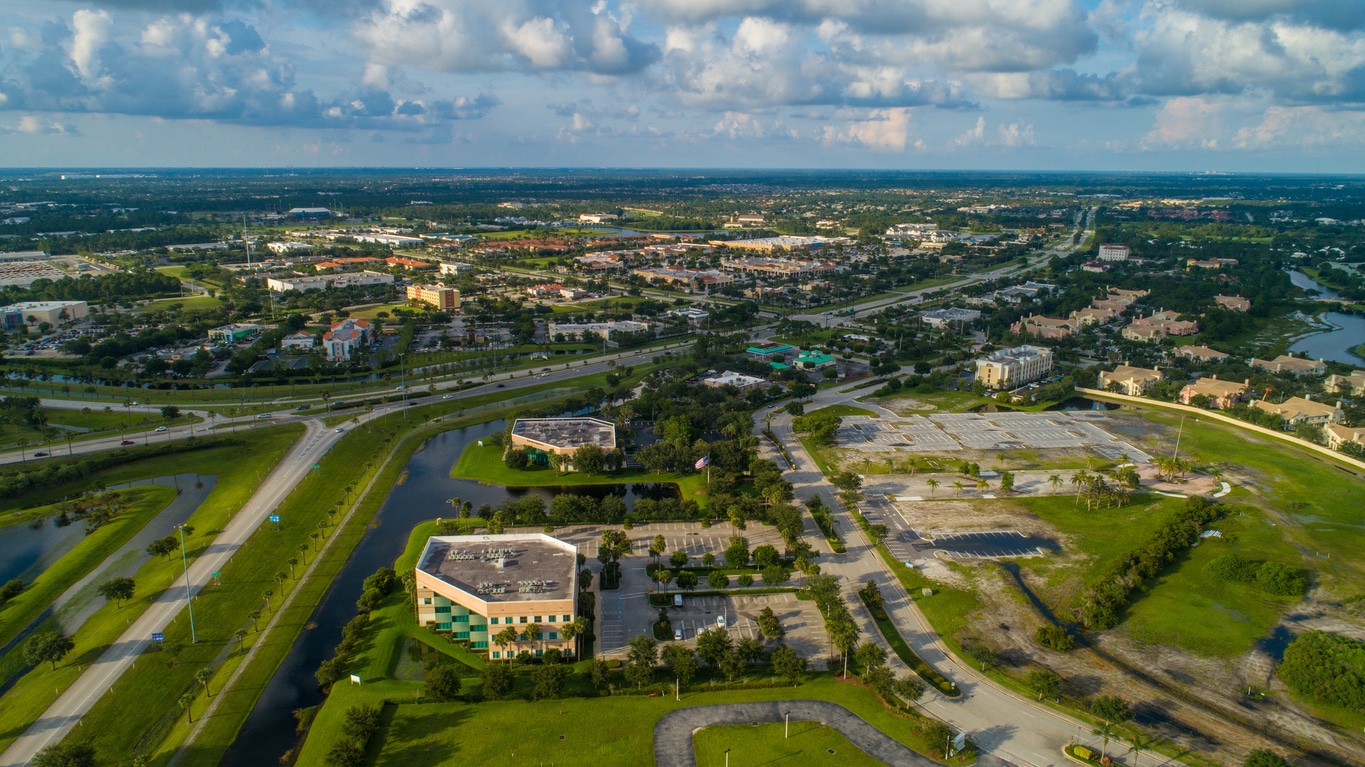
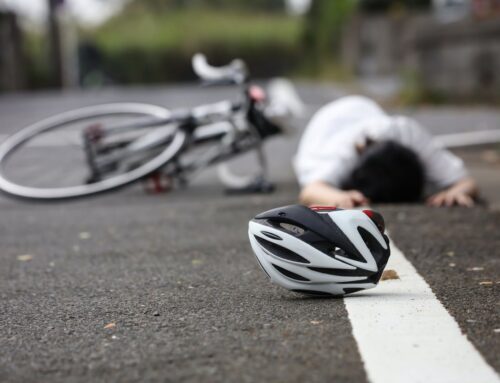
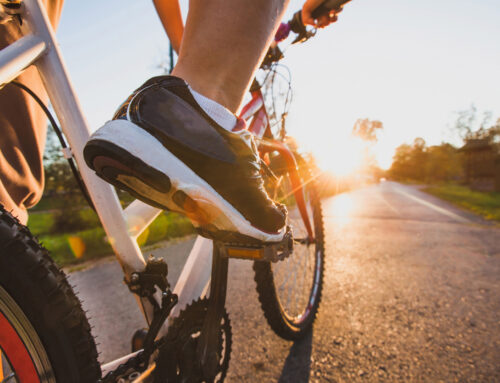
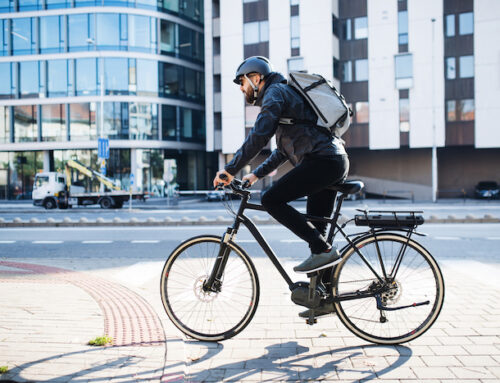
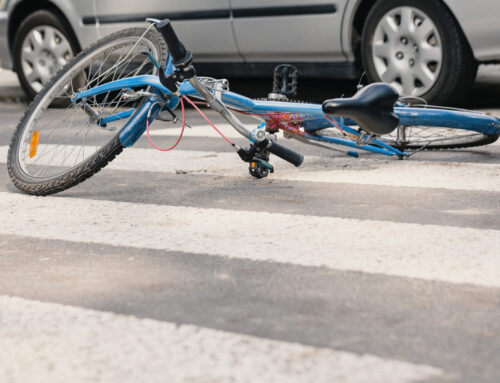
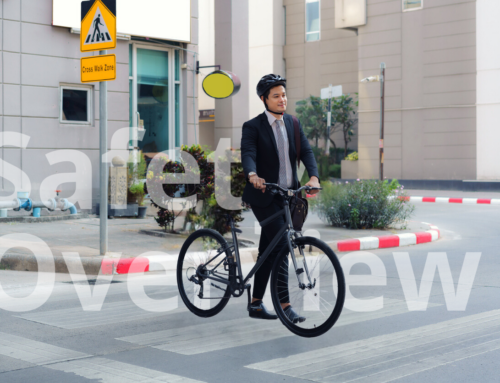
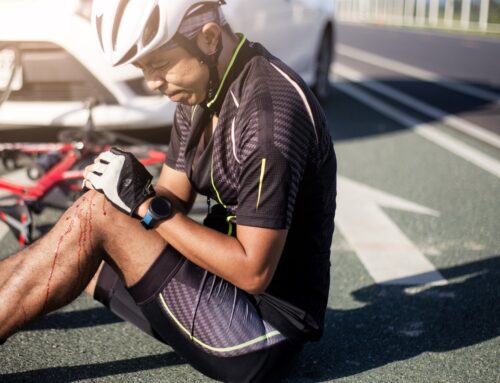

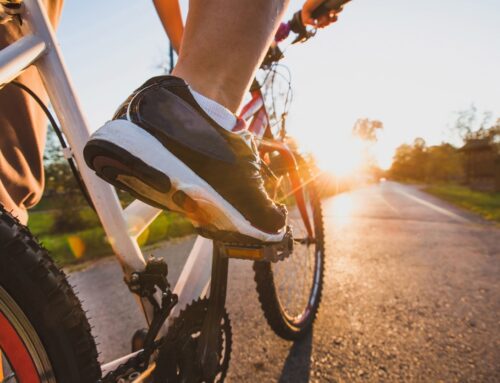
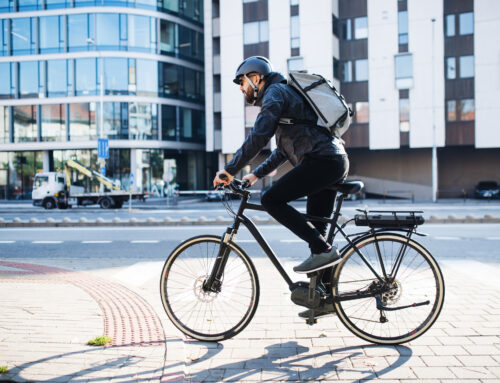
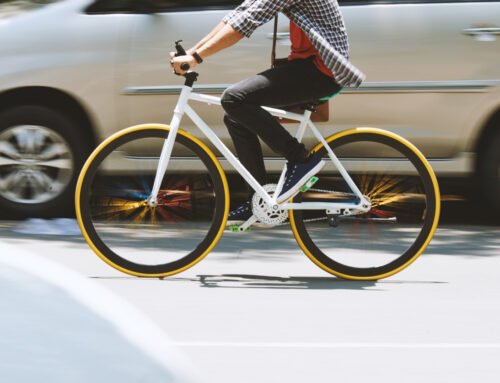
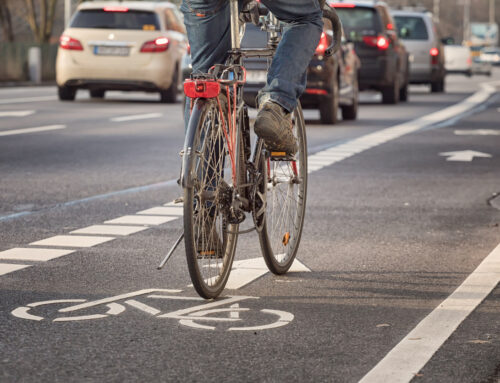
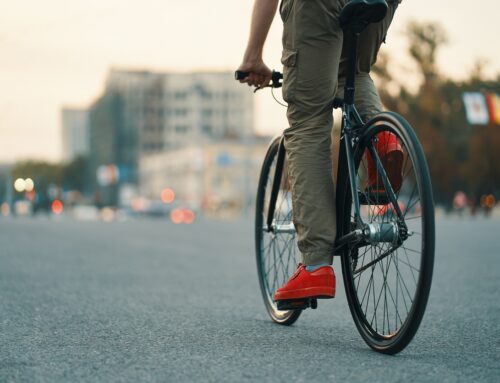

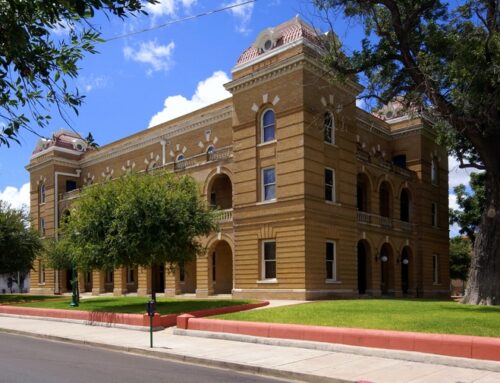
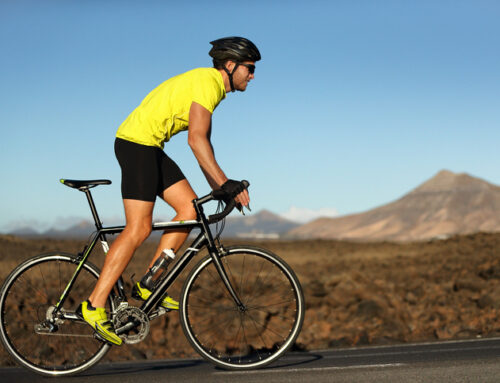
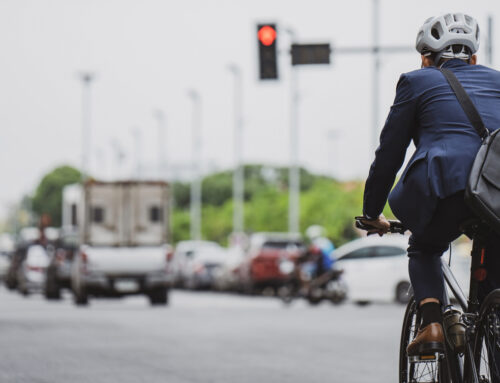
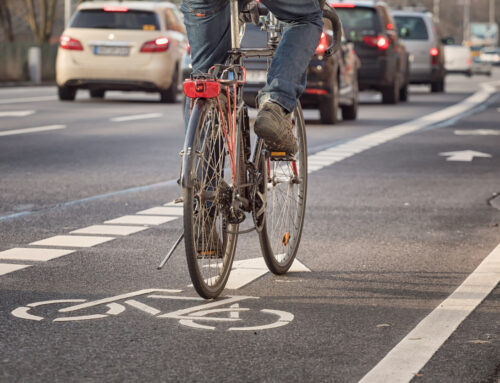
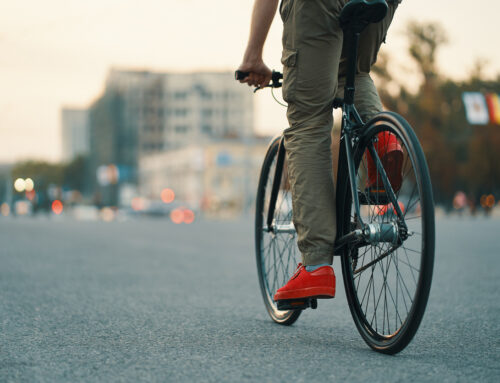
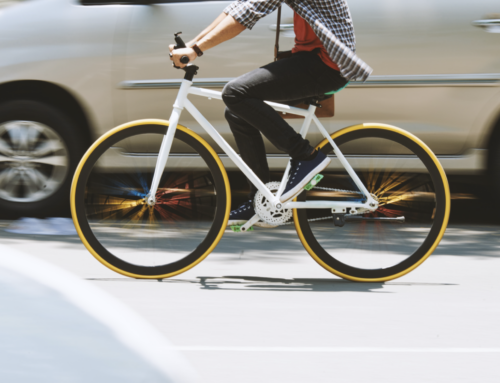

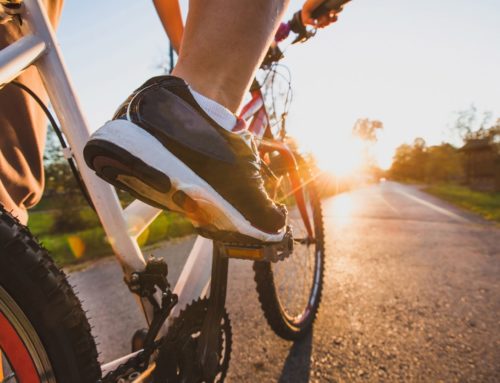
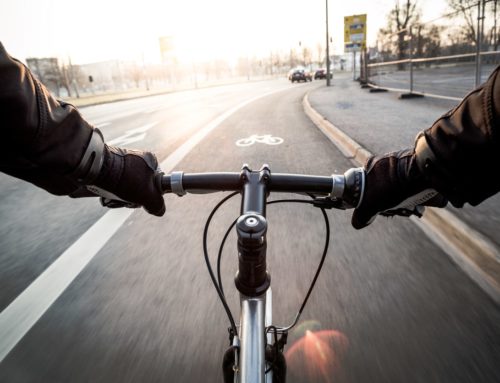

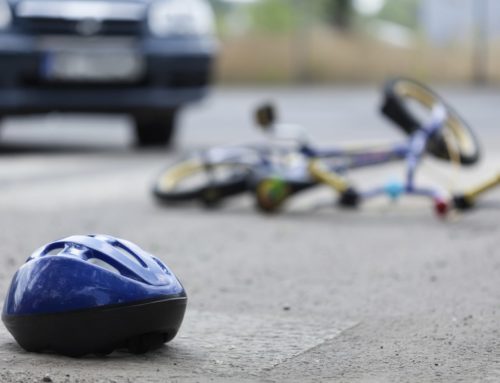
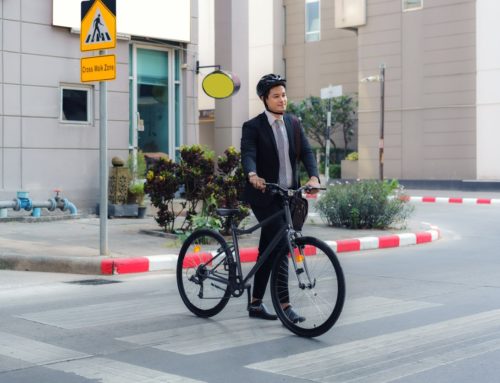
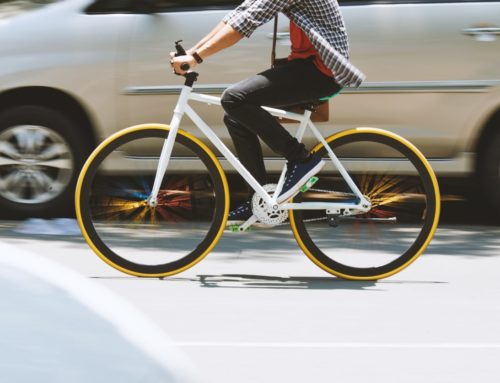
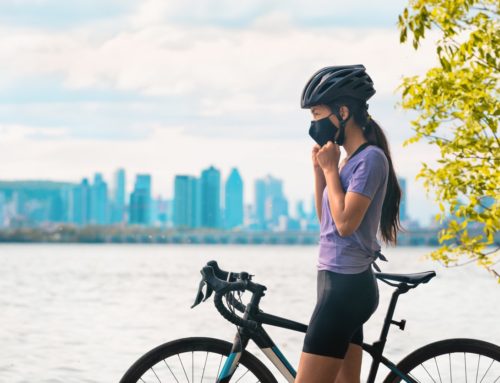

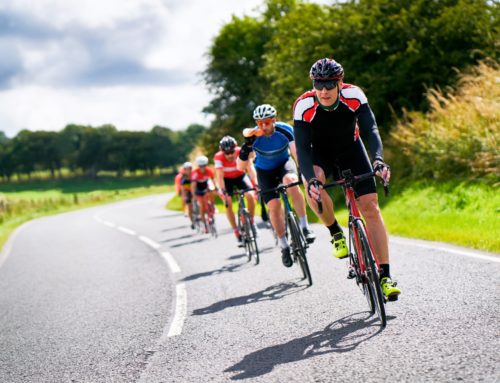
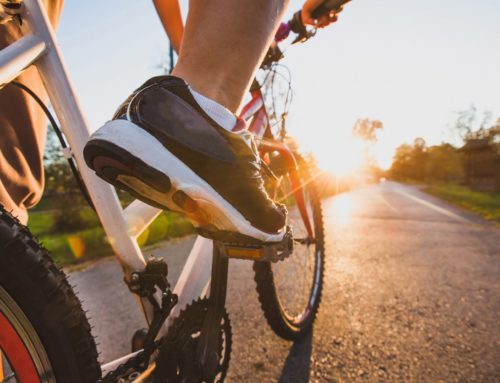
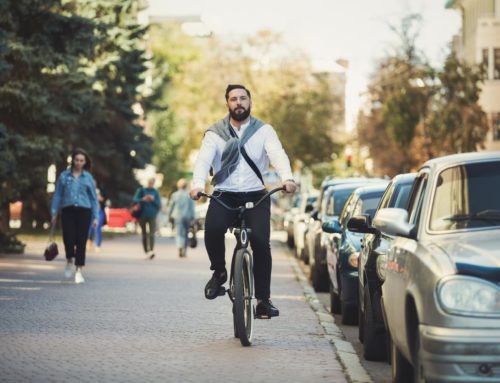
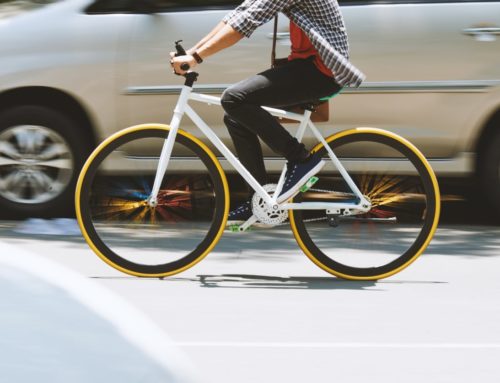

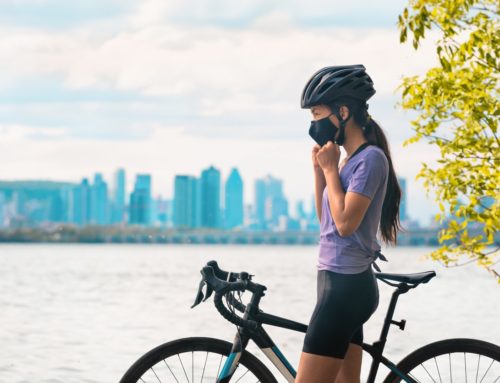
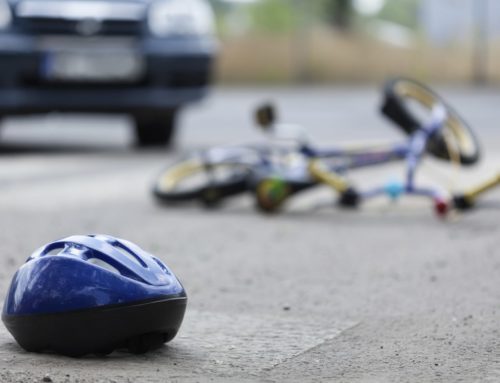

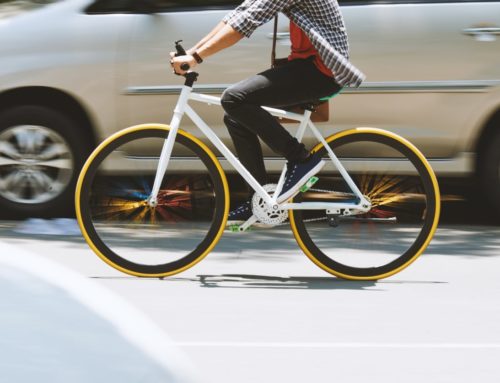
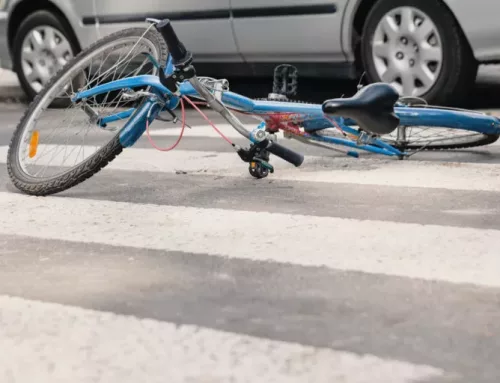
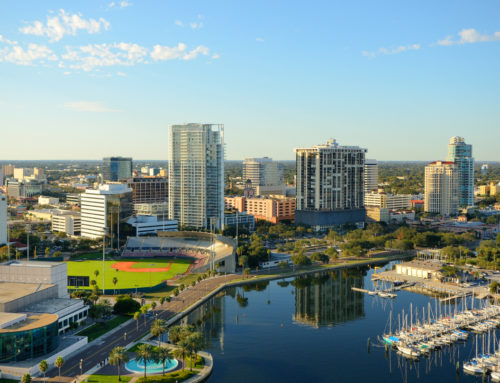
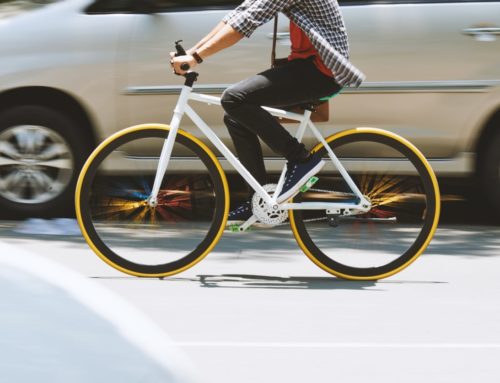
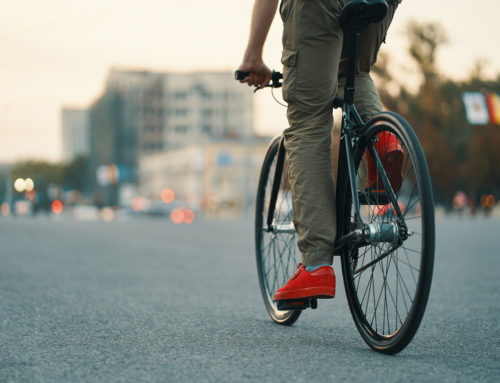
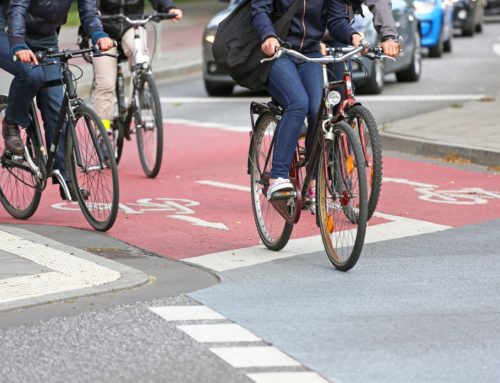
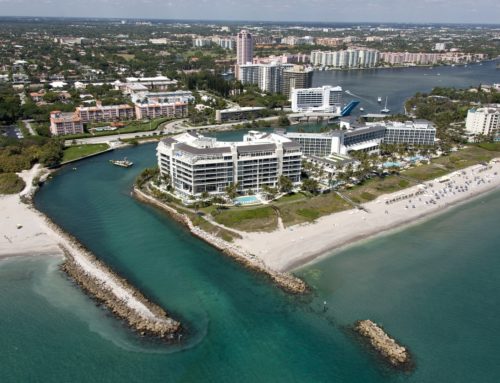
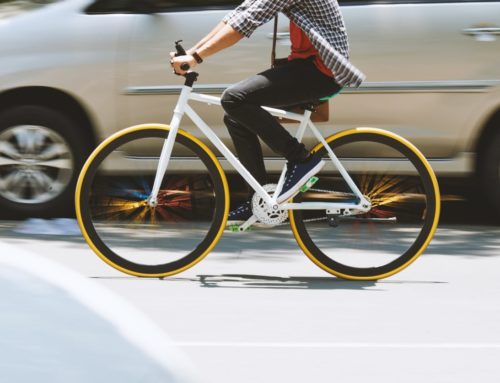
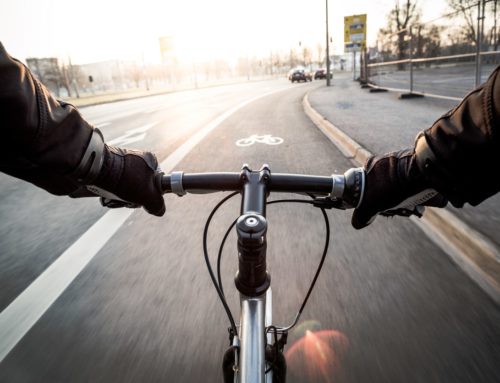

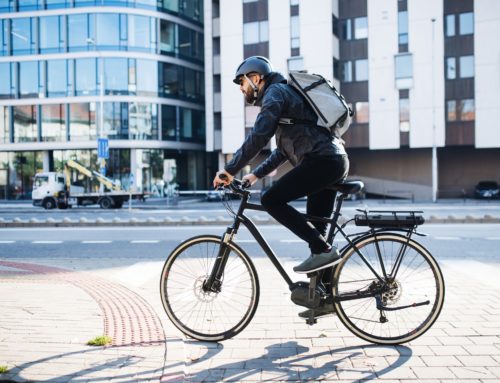
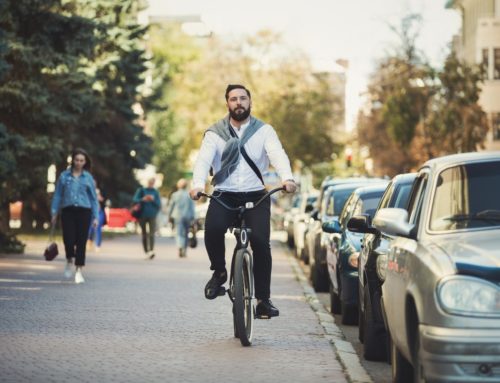

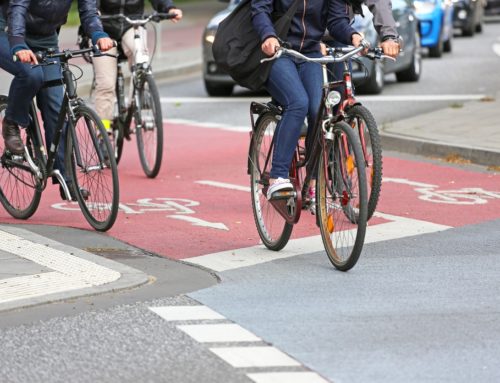
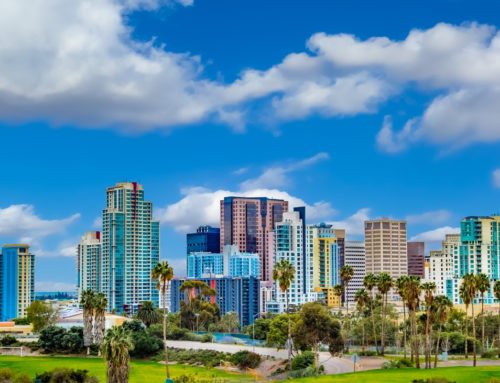
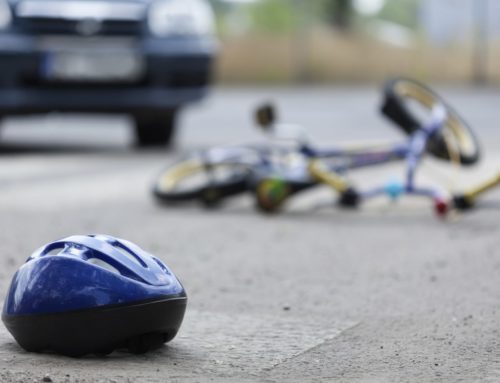
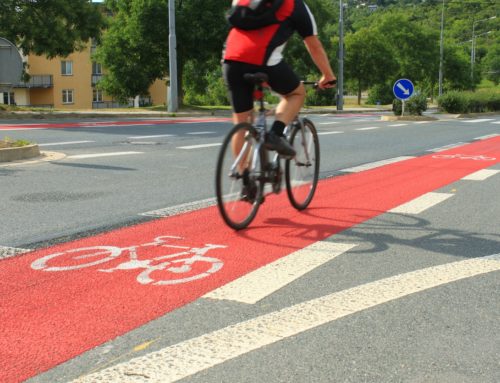



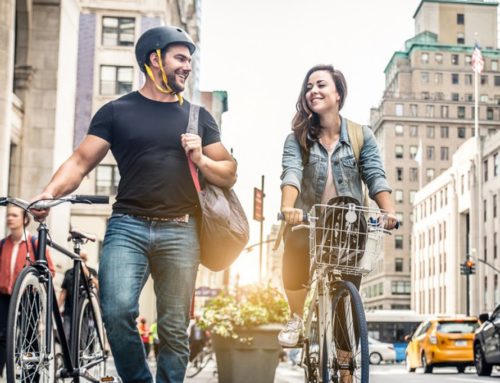
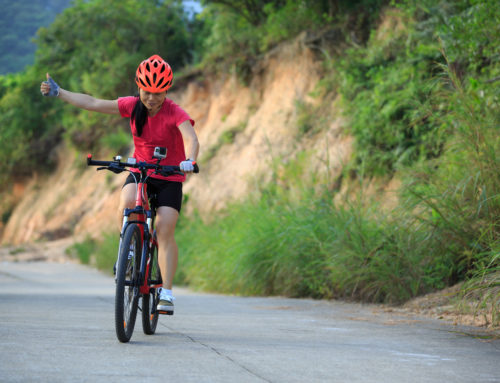
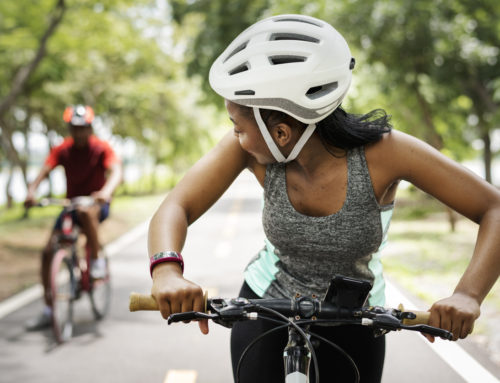
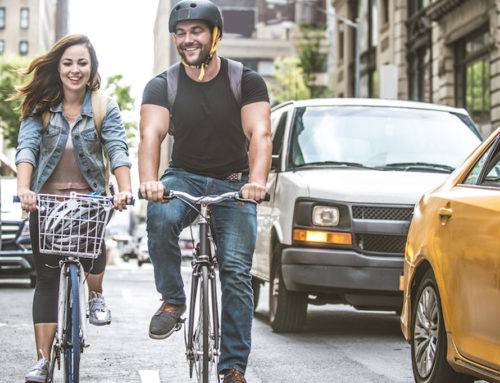


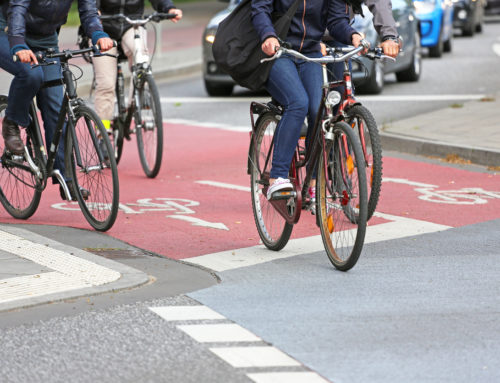
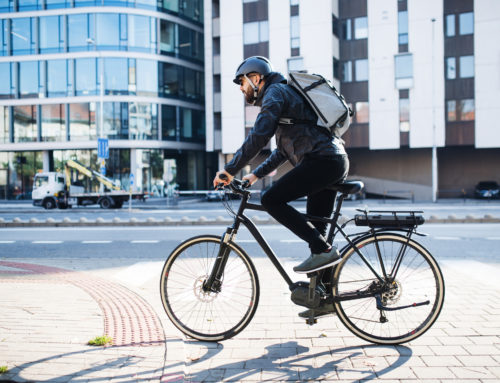
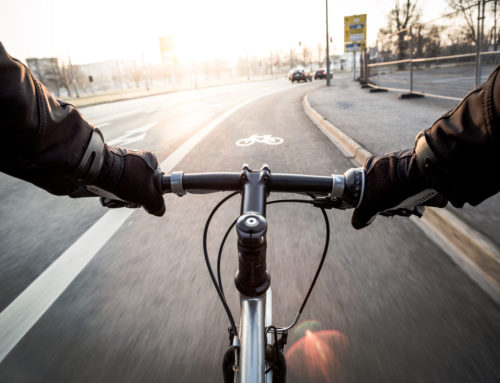

Leave A Comment